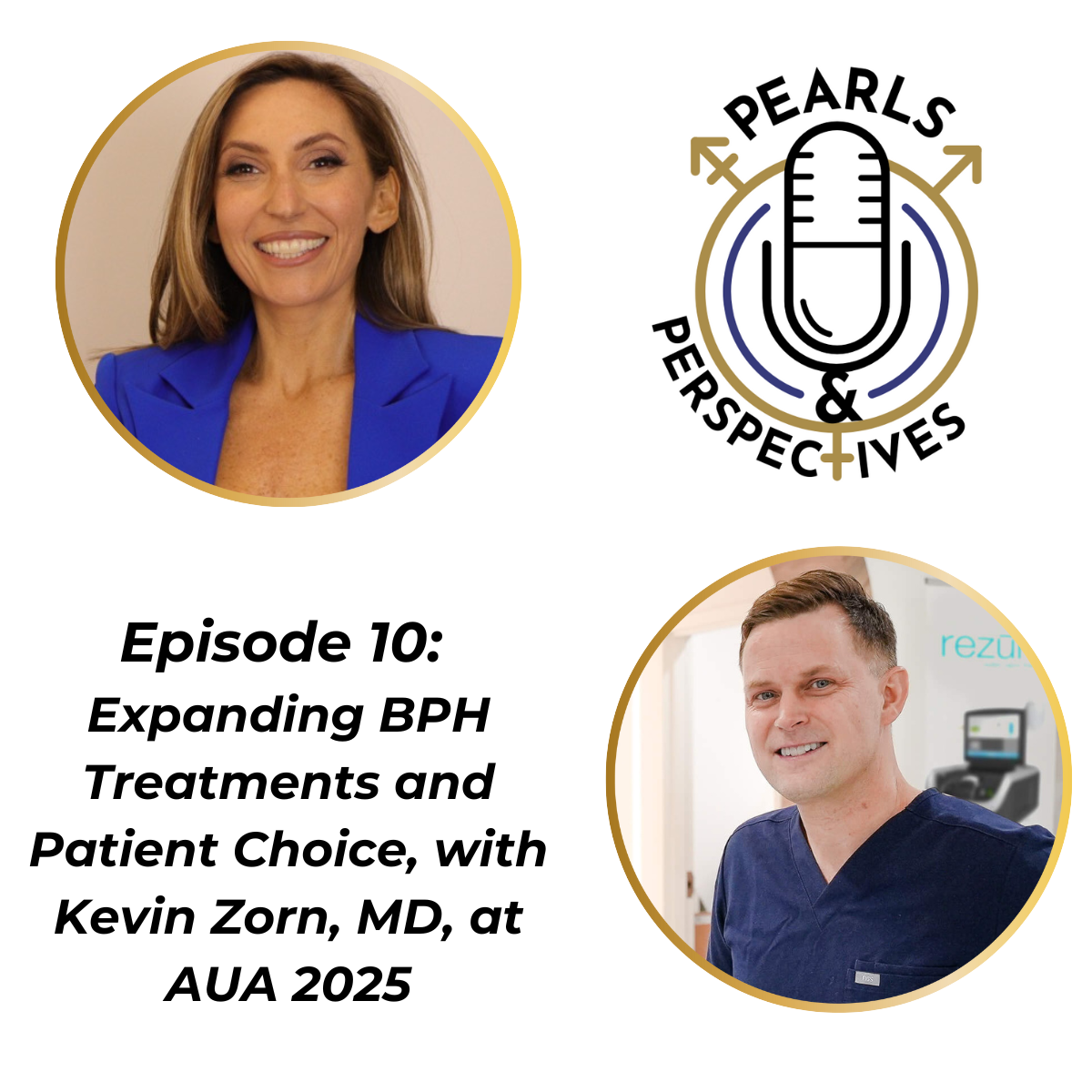News
Article
CCH appears safe, efficacious in Peyronie disease with ventral curvature
Author(s):
Key Takeaways
- CCH demonstrated significant efficacy in reducing ventral curvature in Peyronie's disease, with a 45.4% average reduction in curvature among 32 patients.
- The study found that 68.8% of patients experienced at least a 30% improvement in ventral curvature from baseline.
68.8% of patients had at least a 30% improvement in ventral curvature from baseline.
Collagenase clostridium histolyticum (CCH, Xiaflex) demonstrated safety and efficacy in treating patients with Peyronie disease presenting with a ventral curvature, early data from a phase 4 retrospective study indicate.1
The data were presented at the 2024 Sexual Medicine Society of North America Fall Scientific Meeting (SMSNA) in Scottsdale, Arizona, by Matthew J. Ziegelmann, MD.
Matthew J. Ziegelmann, MD

“Collagenase is approved for the treatment of adult men with Peyronie’s disease who have a palpable penile plaque and at least 30 degrees of penile deformity. It’s contraindicated when that plaque involves the urethra, but there's no specific contraindication based on direction of the curve, based on the package insert of the medication. With that in mind, the IMPRESS trials, which were the phase 3 randomized controlled trials, excluded men with ventral penile curvature due to concerns about the proximity of the ventral urethra to the ventral tunica. The purpose of this study was to assess the effectiveness and safety of collagenase in a group of patients from multiple institutions undergoing collagenase for ventral curvature. There's previously been a couple of single-institution publications suggesting safety and efficacy, but we wanted to pool data to look at this in a larger cohort. This is a multicenter retrospective review,” explained Ziegelmann, a urologist with Mayo Clinic in Rochester, Minnesota.
To evaluate CCH in patients with ventral curvature, Ziegelmann and colleagues are conducting what they call “a multicenter real-world retrospective collaborative research study.” They are seeking to include 10 to 15 sites. Patients are eligible for the study if they are at least 18 years of age and have received a diagnosis of Peyronie disease with ventral curvature and a palpable plaque that was treated with CCH from 2014 through the study start date. The primary end point is percent change from baseline in degree of ventral curvature “at the last visit as measured at follow-up within 6 months post-treatment,” according to the authors. “Secondary end points include mean change from baseline in [ventral curvature] and the proportion of patients with ≥30% improvement from baseline in [ventral curvature] at the last visit during which a measurement was collected within 6 months of final CCH treatment,” they added. Data on adverse events were also collected.
At the SMSNA meeting, Ziegelmann presented interim data from several sites. Data were available for 32 patients. Median age was 58.0 years (range, 25-75 years).
“The average baseline curvature in this cohort of 32 patients with available data was 59.6 degrees. After completing the collagenase [treatment], the average reduction was 45.4%, down to 32.3 degrees at last visit,” Ziegelmann reported. In addition, 68.8% of patients had at least a 30% improvement in ventral curvature from baseline.
Regarding safety, “Treatment-related adverse events were essentially ubiquitous with what we see in general practice administering collagenase for any directionality…We did not see any serious adverse events, including urethral injury or corporal rupture, in this cohort,” according to Ziegelmann.
“Our conclusions are that we have another example of real-world data supporting efficacy and safety of using collagenase for ventral penile curvatures. In this cohort, we did not see any adverse events that would preclude us from offering this therapy to the appropriately selected patient, and certainly we're looking forward to continuing to aggregate our data,” Ziegelmann said.
REFERENCE
1. Ziegelmann M, Islam M, Tatem A, et al. A noninterventional, retrospective multicenter study to evaluate Cch treatment in adult male participants with ventral curvature of the penis due to Peyronie’s disease. Presented at: 2024 Sexual Medicine Society of North America Fall Scientific Meeting. October 17-20, 2024. Scottsdale, Arizona. Abstract 136

















